Spring-time = Snake-time
Spring is upon us And this means that our beautiful reptiles will be emerging for all the good things that the warm weather has to offer - sunshine, food and… love!
Of all the glorious reptiles we have here on the Northern Beaches, snakes would have to be the most feared and the most misunderstood of all. We often get called out to remove a “6-foot brown snake” but when we get to the site, it’s invariably a swamp snake or a whip snake or a snake that isn’t even brown at all!
We’ve decided to dedicate this article to two little species of snakes that are local to our area and that are often confused with the infamous eastern brown snake (Pseudonaja textilis). They are, in fact, relatively harmless to humans and can be very useful in eradicating pests from our gardens.
The species we will be focussing on this month are:
Yellow-faced whip snakes (Demansia psammophis) and
Black-bellied swamp snakes/marsh snakes (Hemiaspis signata)
Let’s start with the gorgeous little swamp snake. They are referred to as a black-bellied swamp snake or a marsh snake. We often refer to them, fondly, as ‘marshies’:
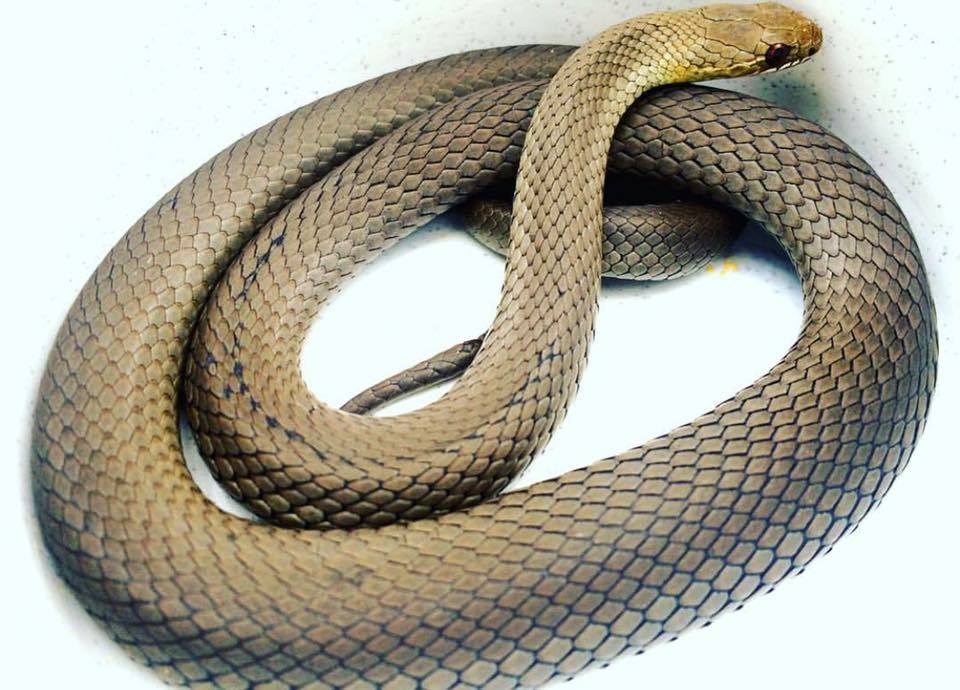
Photograph by Lisa Wynn
The black-bellied swamp snake (Hemiaspis signata) can vary greatly in colour and size, depending on the area in which they are found. Their most distinguishable features are their white facial 'racing stripes' - one behind each eye and one above the lip on either side of their heads. As their name suggests, they live in moist areas adjacent to swamps and lagoons and creek-side vegetation. They also like well-watered gardens. Their diet consists mainly of skinks and frogs.
Whilst they are mildly venomous, they are not considered dangerous. Their venom is used primarily to subdue their prey.
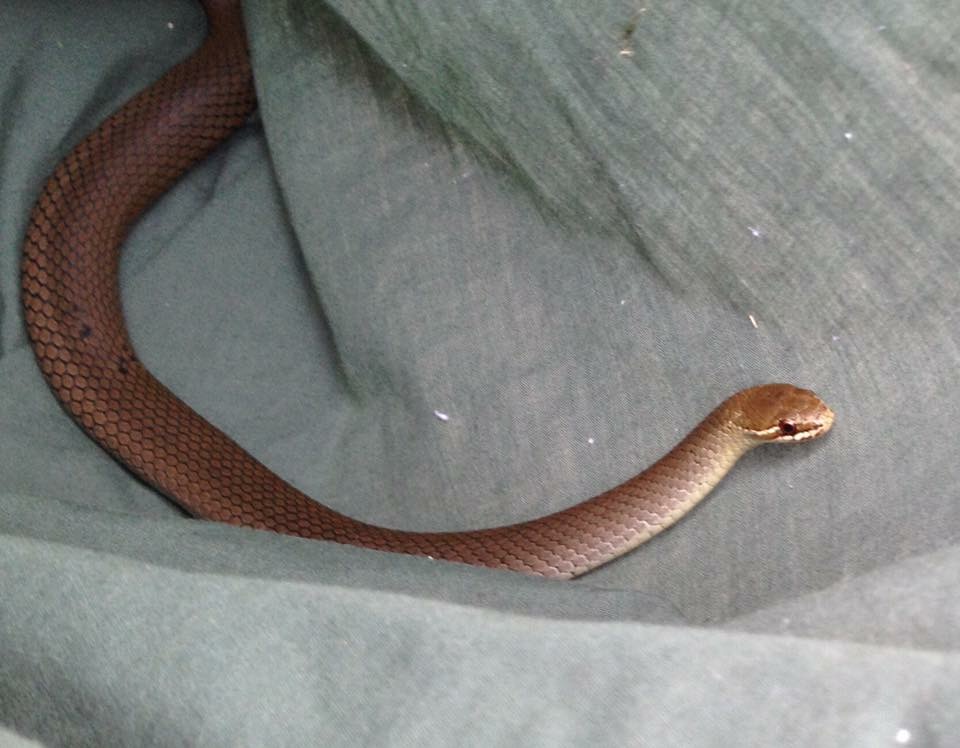
This photo of a marsh snake shows the beautiful white stripes on its face. The member of the public that called us to rescue this snake was convinced she was an eastern brown snake (Pseudonaja textilis) until we pointed out the facial markings and black belly - visible in the next photo:
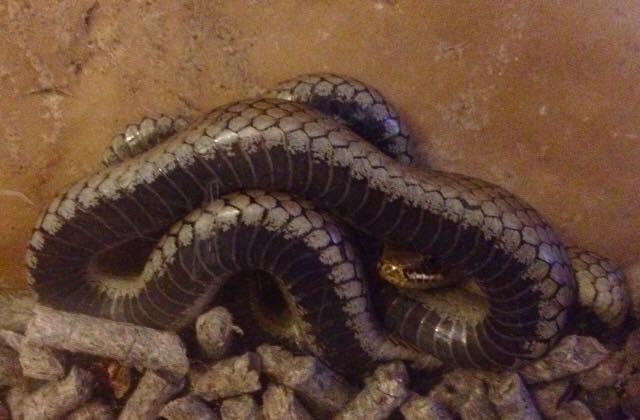
Our second focus species is the very beautiful Yellow-faced whip snake (Demansia psammophis):
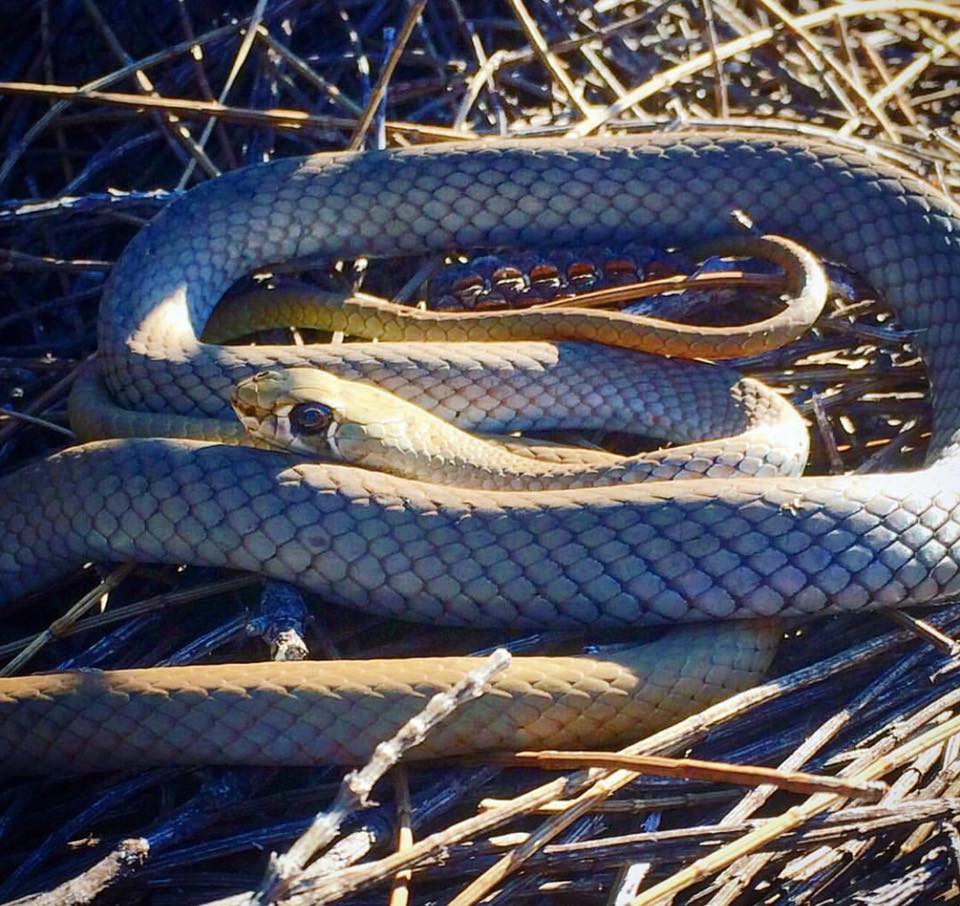
Photo by Lisa Wynn
This photo of the amazingly beautiful yellow-faced whip snake (Demansia psammophis) clearly shows the 'comma-shape' around its eye. In the sunshine, their body can often appear to have a rainbow sheen (leading to their nickname of rainbow ribbons/rainbow worms).
These little snakes can appear to be very brown in colour but they can also look olive green.
The most noticeable difference between these little guys and eastern brown snakes is the pretty comma-shape around the eye area. They have a mild venom which they use to subdue their prey.
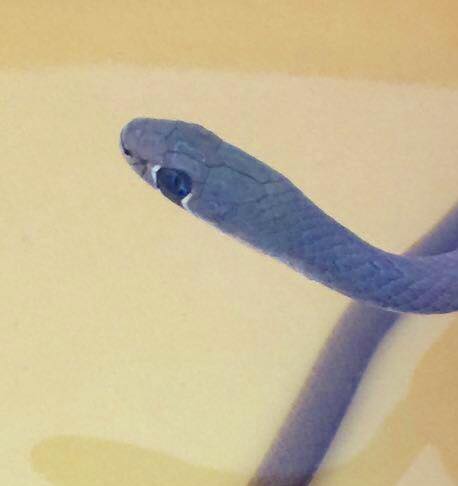
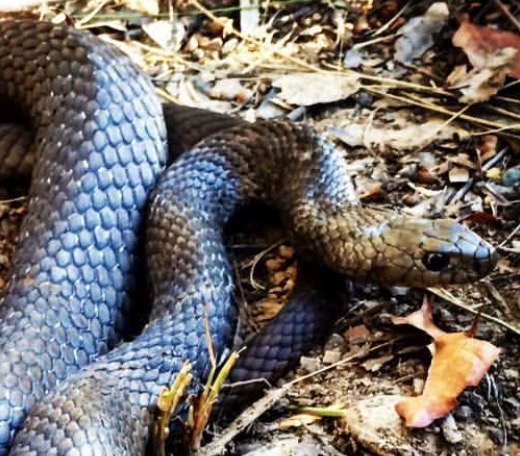
Can you see the difference between the whip snake’s face and the eastern brown snake’s face?
The eastern brown snake (Pseudonaja textilis) can also vary greatly in colour and size. The one pictured above is fairly dark. The one pictured below is quite light in colour:
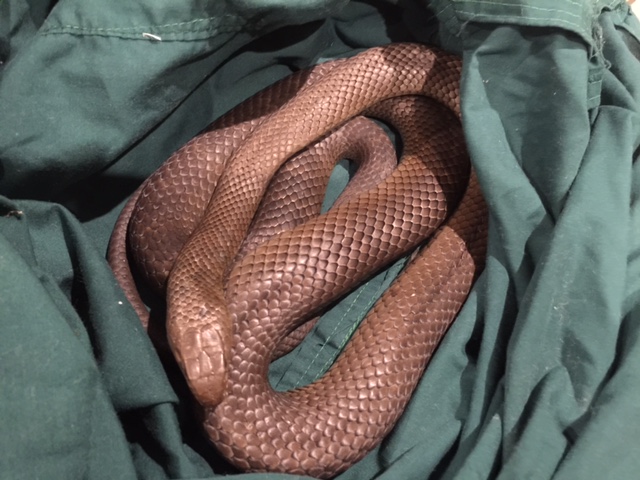
As you can see, it’s fairly easy to see the facial markings on the marsh snakes and whip snakes. The eastern brown snakes won’t have these markings.
Many snakes are needlessly killed each year - just because they happen to be brown in colour. Trying to kill a snake puts you in much greater danger than leaving it in peace, as you are entering their strike zone to kill them.
What to do if a snake enters your house:
- Don't panic
- Remove pets and children from the room
- Close the door to the room or keep a close eye on it until help arrives
- Call for advice:
- Sydney Wildlife 9413 4300
- Wires 1300 094 737
- Sydney Snake Catchers (fees apply) 1300 599 938